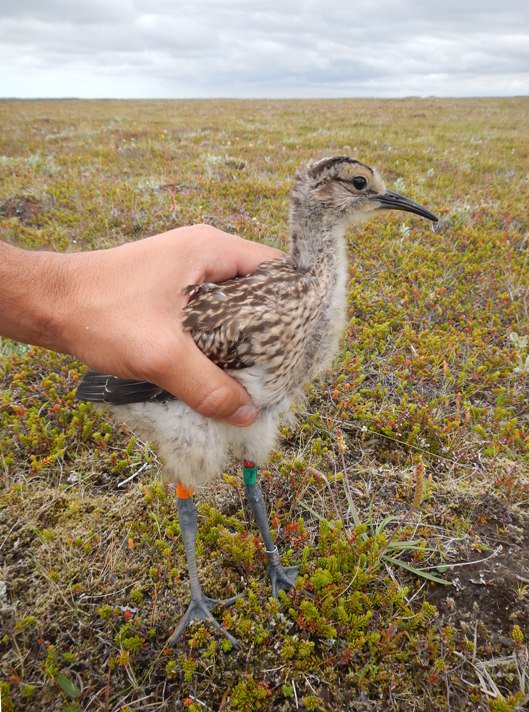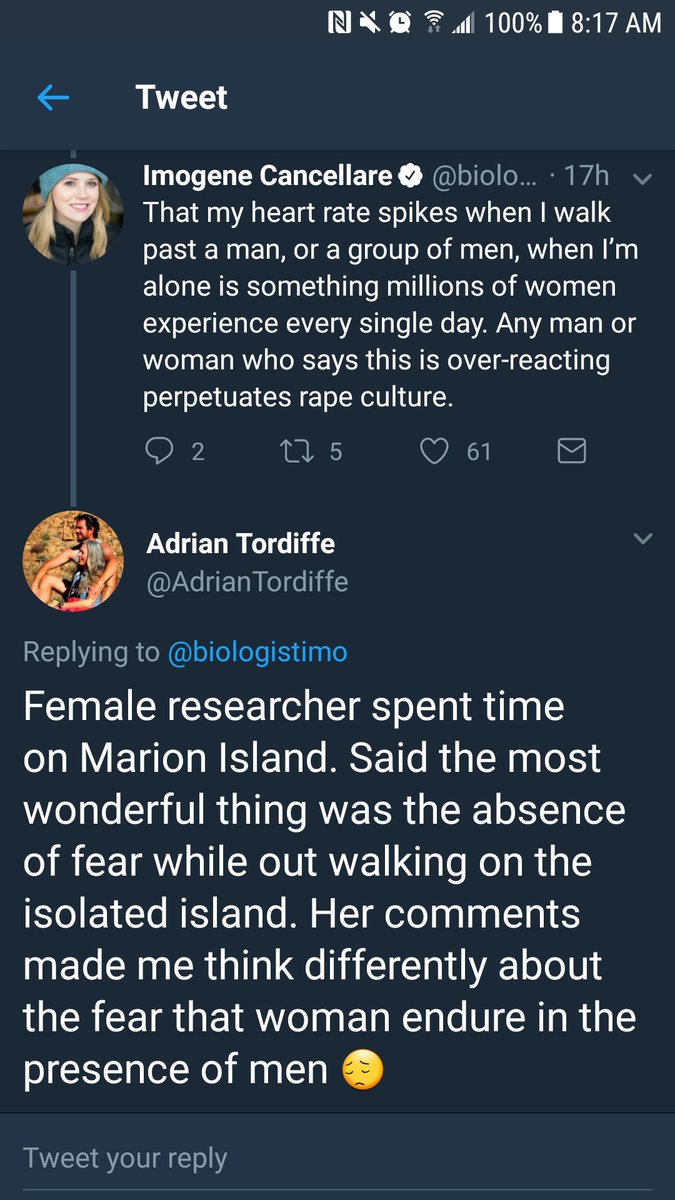I’ve been looking into Icelandic Whimbrels annual cycle and spent the breeding season in Iceland since 2015. While writing up I often miss my study sites. Decided to make a short thread summarising my #fieldwork there #phdlife #shorebirds #waders

Whimbrels are site faithful and territorial. I start the season by checking the area to see who’s back.
Here two males fight where their territories touch (I think; 10 MAY) #PhD #fieldwork #ornithology #waders #shorebirds #phdlife
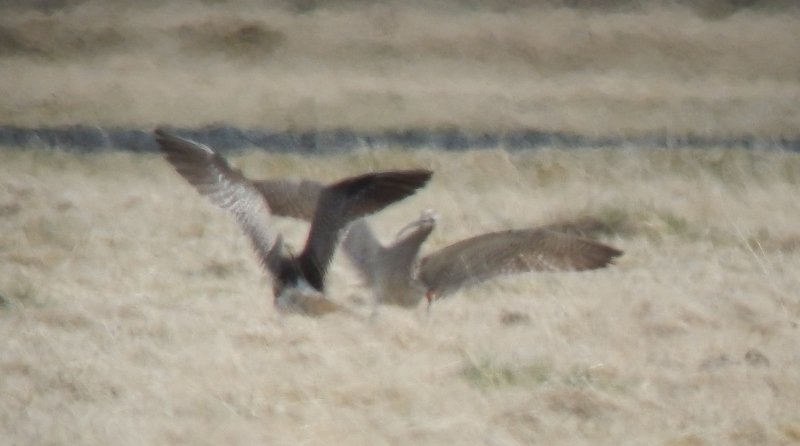
As most #waders, Whimbrels usually lay 4 eggs. There is some colour variation between and within clutches (10 JUN; #Eyjafjallajökull in the background) #PhD #fieldwork #ornithology #oology #phdlife #shorebirds
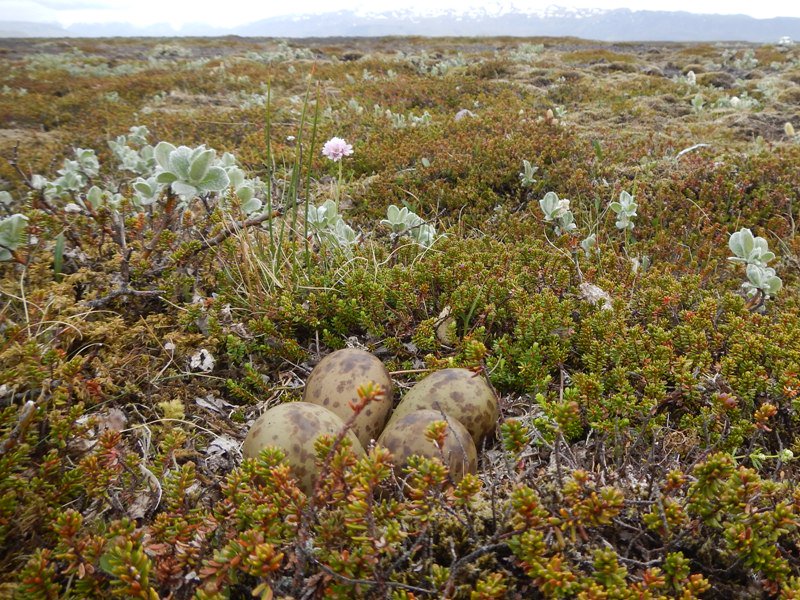
To know whereabouts & timings, I tracked Whimbrels with #geolocator. To deploy & retrieve the devices, birds are trapped on the nest. Here one arrives & sits on the nest (with no trap!) #ornithology #waders #phdlife
They are faster in autumn: onlinelibrary.wiley.com/doi/full/10.11…
Geolocators were usually retrieved the year following deployment and replaced whenever possible to know individual behaviour consistency over the years.
This male was tracked from 2012 to 2018 (17 JUN) #fieldwork #ornithology #shorebirds #waders #phdlife #geolocator
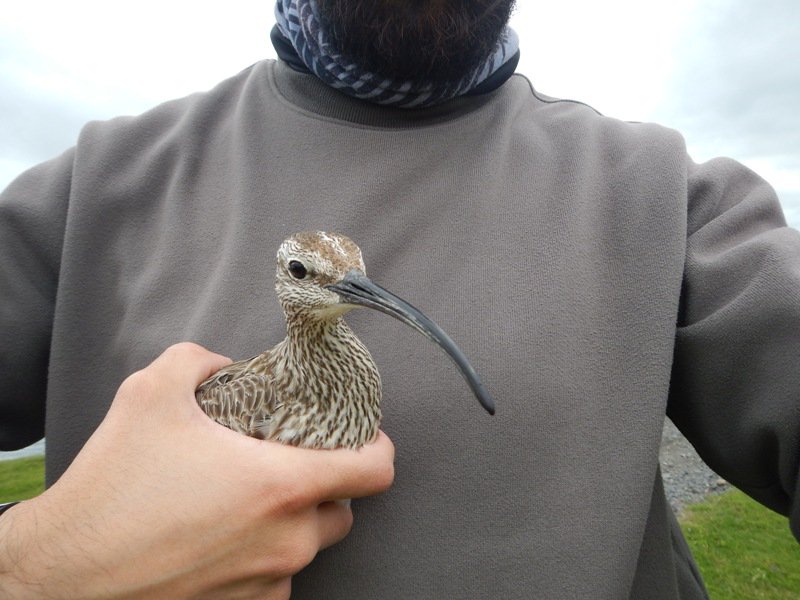
After 25-27 days of incubation, beautiful chicks hatch and start walking and foraging by themselves in a couple of hours (12 JUL) #PhD #fieldwork #ornithology #waders #phdlife
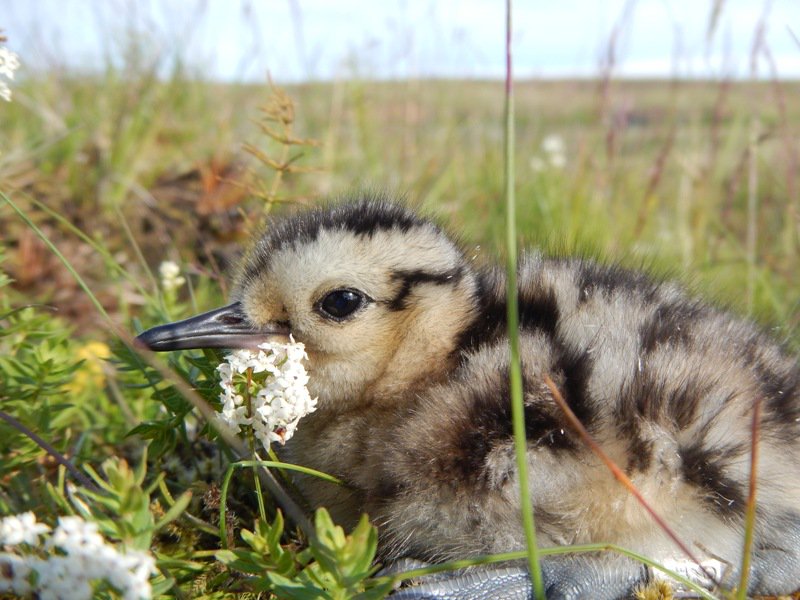
Until fledging (ca. 25 days), I (tried to) catch the chicks regularly to measure their growth rates. Here measuring total head length (pic by @ednarcorreia) #PhD #fieldwork #ornithology #waders #phdlife
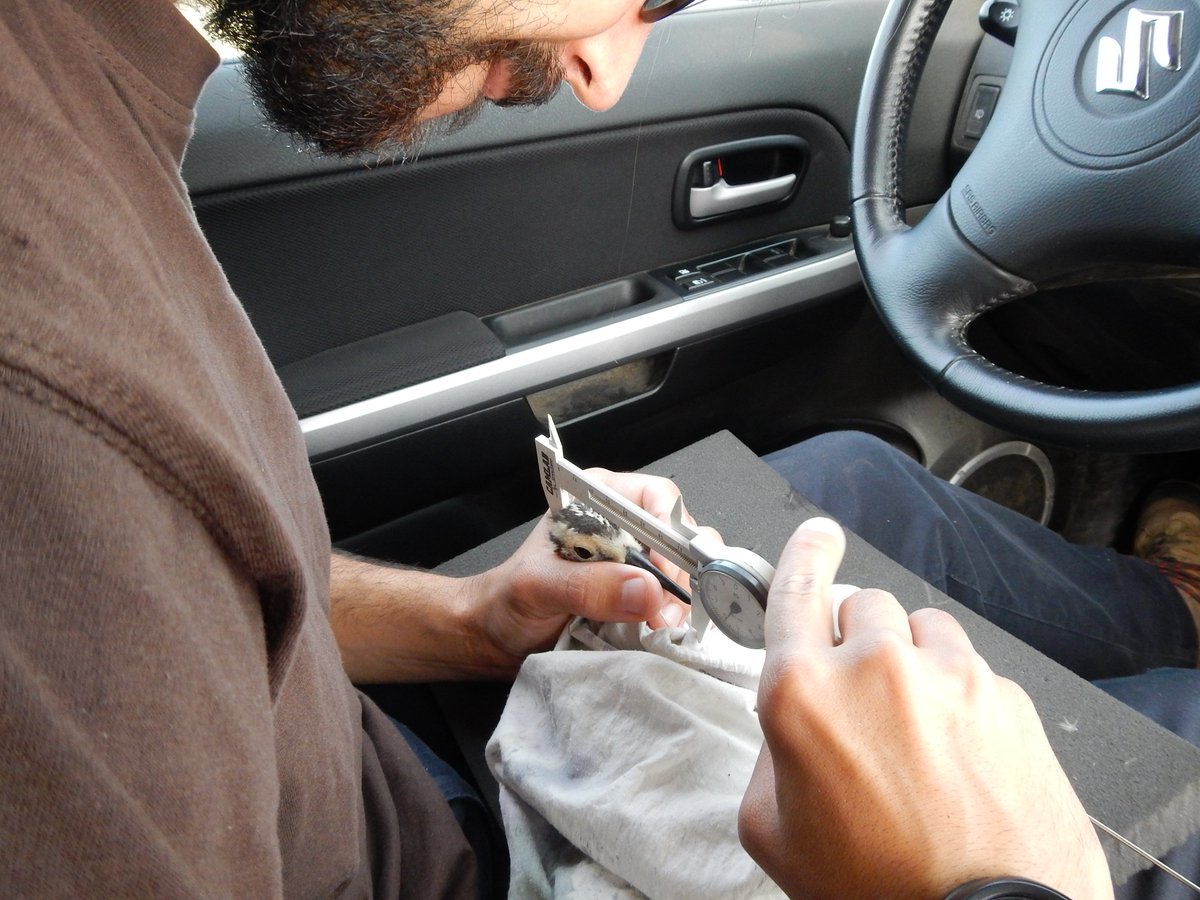
Whimbrels travel to Iceland to breed. How many of them succeed? Here a young is released after recording its size and body mass (17JUL) #PhD #fieldwork #ornithology #waders #phdlife
